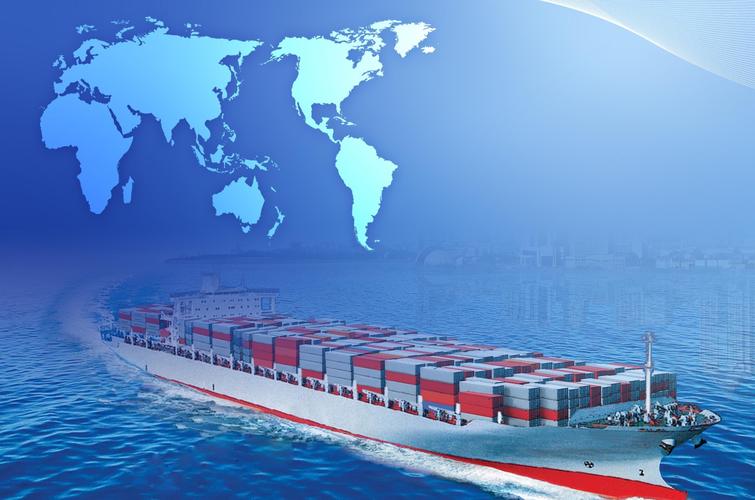Navigating the issue of clearing products banned from South Africa can be complex and challenging. Whether you’re an exporter who accidentally included prohibited items in a shipment or a freight handler dealing with such products, understanding how to clear products banned from South Africa is crucial to avoid penalties, legal issues, and disruptions to your supply chain. This guide will provide you with essential steps and strategies to handle this situation effectively.
1. Identify the Banned Products
Consult South African Regulations
The first step is to thoroughly review South African import and export regulations. The South African Revenue Service (SARS) and other relevant authorities maintain lists of banned and restricted products. For example, products made from endangered species, certain types of weapons, and some pharmaceutical substances may be prohibited. Use online resources or official publications to identify if your products fall into these categories.
Examine Product Details
Carefully examine the characteristics, components, and intended use of your products. Sometimes, products may seem harmless but could be banned due to specific regulations. For instance, a cosmetic product might contain an ingredient that is prohibited in South Africa, so it’s important to check the product composition thoroughly.
2. Determine the Appropriate Action
If the Ban is Temporary
In some cases, a ban on a product may be temporary due to safety concerns, health risks, or trade disputes. If you believe your product falls under a temporary ban, stay updated on the situation. You can monitor official announcements from South African authorities or consult with industry associations. Once the ban is lifted, you can proceed with the normal shipping and clearance process.
If the Ban is Permanent
For products with permanent bans, you have limited options. You can either arrange for the products to be returned to the origin, dispose of them in a compliant manner in South Africa (following local waste management regulations), or explore if there are any exceptions or special permits available for your specific situation.
3. Communicate with Relevant Parties
Inform Your Suppliers or Customers
If you’re an exporter, notify your suppliers about the banned products in your shipment. If you’re an importer, communicate with your customers. Explain the situation and the steps you’re taking to address it. This helps manage expectations and avoid misunderstandings.
Collaborate with Freight Forwarders or Agents
If you’re working with a freight forwarder or a local South African shipping agent, such as those with experience like China Top Freight, involve them in the process. They can provide valuable insights, assist with documentation, and help navigate the local procedures for handling banned products.
4. Follow the Required Procedures
For Returning Products
If you decide to return the banned products to the origin, you need to complete the necessary paperwork. This includes obtaining the appropriate export permits from South Africa, arranging for transportation back to the source country, and ensuring that all customs declarations are accurate.
For Disposal in South Africa
If disposal is the chosen option, work with authorized waste management companies in South Africa. They can guide you through the proper disposal methods, which may involve recycling, incineration, or other environmentally friendly processes. Make sure to keep records of the disposal process for compliance purposes.
5. Ensure Documentation is in Order
Gather Necessary Documents
Regardless of the action you take, gather all relevant documents. This may include commercial invoices, packing lists, certificates of origin, and any permits or approvals related to the handling of the banned products. Accurate and complete documentation is essential for a smooth process.
Keep Records
Maintain records of all communications, decisions, and actions related to the banned products. These records can be useful in case of audits or inquiries from authorities in the future.
In conclusion, knowing how to clear products banned from South Africa requires a combination of careful research, clear communication, and strict adherence to procedures. By following these steps and working with reliable partners, you can effectively handle the situation and minimize the impact on your business. Whether you encounter a temporary or permanent ban, taking the right actions will help you stay compliant and avoid potential legal and financial consequences.Utilize China Top Freight to help solve the problems you are facing. Contact us today to embark on your smooth transportation journey!


